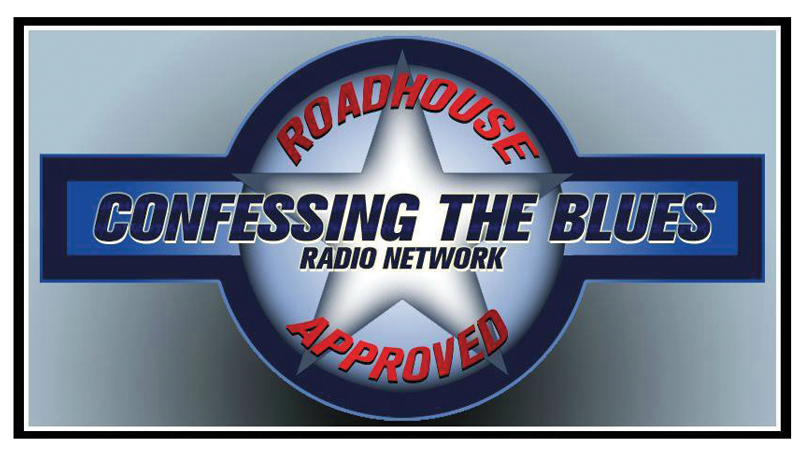

Lyrics often seemed fatalistic, and the music typically followed predictable patterns of chords and structure. The bands dressed in suits, and even uniforms, a practice associated with the modern popular music that rhythm and blues performers aspired to dominate. While singers are emotionally engaged with the lyrics, often intensely so, they remain cool, relaxed, and in control. Simple repetitive parts mesh, creating momentum and rhythmic interplay producing mellow, lilting, and often hypnotic textures while calling attention to no individual sound. Arrangements were rehearsed to the point of effortlessness and were sometimes accompanied by background vocalists. In the commercial rhythm and blues music typical of the 1950s through the 1970s, the bands usually consisted of piano, one or two guitars, bass, drums, and saxophone. Well into the 21st century, the term R&B continues in use (in some contexts) to categorize music made by black musicians, as distinct from styles of music made by other musicians. According to him, the term embraced all black music except classical music and religious music, unless a gospel song sold enough to break into the charts. Lawrence Cohn, author of Nothing but the Blues, writes that "rhythm and blues" was an umbrella term invented for industry convenience. However, AllMusic separates it from jump blues because of R&B's stronger gospel influences. He has used the term "R&B" as a synonym for jump blues. Writer and producer Robert Palmer defined rhythm & blues as "a catchall term referring to any music that was made by and for black Americans". īefore the "Rhythm and Blues" name was instated, various record companies had already begun replacing the term "race music" with "sepia series". The term "rhythm and blues" was used by Billboard in its chart listings from June 1949 until August 1969, when its "Hot Rhythm & Blues Singles" chart was renamed as "Best Selling Soul Singles". It replaced the term " race music", which originally came from within the black community, but was deemed offensive in the postwar world. 3 Jews in the business end of rhythm and bluesĮtymology, definitions and description Īlthough Jerry Wexler of Billboard magazine is credited with coining the term "rhythm and blues" as a musical term in the United States in 1948, the term was used in Billboard as early as 1943.


1 Etymology, definitions and description.It combines rhythm and blues with elements of pop, soul, funk, disco, hip hop, and electronic music. In the late 1980s, a newer style of R&B developed, becoming known as " contemporary R&B". By the end of the 1970s, the term "rhythm and blues" had changed again and was used as a blanket term for soul and funk. Rock bands such as the Rolling Stones, the Who and the Animals were referred to and promoted as being R&B bands posters for the Who's residency at the Marquee Club in 1964 contained the slogan, "Maximum R&B". From 1960s to 1970s, several British R&B musicians such as Jimmy James and the Vagabonds, Geno Washington, Carl Douglas, and Hot Chocolate gained hits. Starting in the mid-1950s, after this style of music contributed to the development of rock and roll, the term "R&B" became used to refer to music styles that developed from and incorporated electric blues, as well as gospel and soul music.

In the early 1950s, it was frequently applied to blues records. The term "rhythm and blues" has undergone a number of shifts in meaning. R&B lyrical themes often encapsulate the African-American experience of pain and the quest for freedom and joy, as well as triumphs and failures in terms of relationships, economics, and aspirations. In the commercial rhythm and blues music typical of the 1950s through the 1970s, the bands usually consisted of piano, one or two guitars, bass, drums, one or more saxophones, and sometimes background vocalists. The term was originally used by record companies to describe recordings marketed predominantly to urban African Americans, at a time when "urbane, rocking, jazz based music with a heavy, insistent beat" was becoming more popular. Rhythm and blues, frequently abbreviated as R&B or R'n'B, is a genre of popular music that originated in African-American communities in the 1940s.


 0 kommentar(er)
0 kommentar(er)
